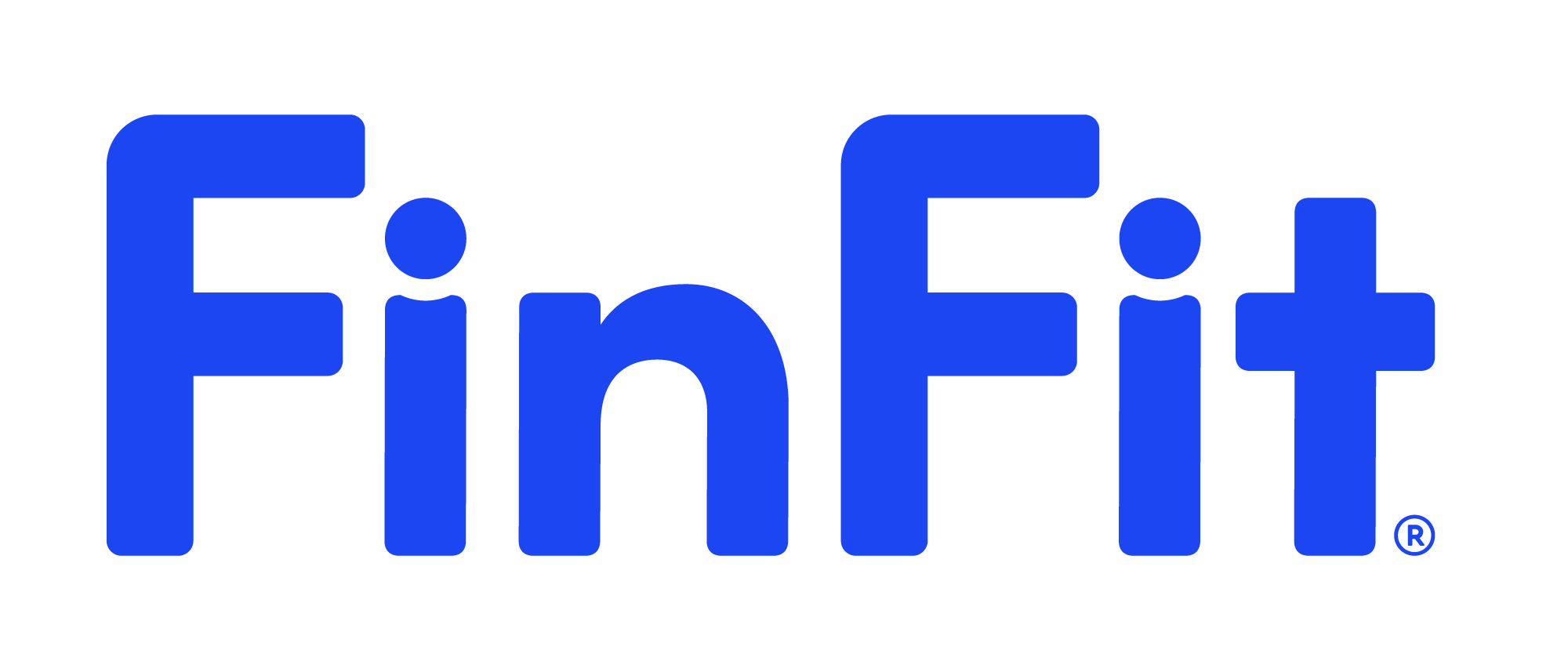The sun’s setting a little earlier, the pool days are winding down, and your inbox is probably already reminding you about early bird holiday sales. That can only mean one thing: summer’s almost over, and fall’s coming fast—with its usual lineup of back-to-school costs, pumpkin-flavored everything, and before you know it… holiday shopping.
Now is the perfect time to press pause, take stock of your finances, and create a spending plan that works for the season ahead.
At FinFit, we prefer “spending plan” over “budget.” Why? Because it feels more empowering, less restrictive and way more realistic. A spending plan gives your money purpose while still leaving room for fun (and yes, even the occasional seasonal latte).
Here’s how to get started in five easy steps:
- List All Sources of Income
Grab a notebook or open a spreadsheet and jot down everything that hits your household’s bank account in a typical month:
- Your paycheck(s)
- Your partner’s income
- Any side gigs or freelance work
- Child support, Social Security, investment income, or other benefits
This total is your monthly household income—the foundation for your spending plan.
- Track your monthly essentials
These are your non-negotiables – housing, food, transportation, and utilities. Review your statements and list out recurring bills like:
- Rent or mortgage
- Groceries
- Electricity, gas, and water
- Car payments and gas
- Insurance premiums
- Cell phone and internet
Label these as “must-haves.” Then list optional expenses like streaming services, gym memberships, or dining out. These are your “nice-to-haves.”
This is also a great time to review what you’re actually using. Still paying for that fitness app from January? Rethink it. Are there cheaper options for your wi-fi? Time to compare rates.
- Identify “little extras” that add up
Here’s where your iced coffees, Target runs, and late-night takeout orders come in. These aren’t bills, they’re habits. And they often sneak past your radar.
Take a few minutes to scroll your banking app or your FinFit financial dashboard for patterns:
- Do you grab lunch out more than you realize?
- Have any “emergency” Amazon purchases become routine?
These spending leaks are the ones that slowly chip away at your financial goals. Identifying them is the first step in taking back control.
- Add It all up
Now tally everything:
- Total monthly income
- Total “must-have” expenses
- Total “nice-to-have” and “extra” spending
Compare your income to your total expenses. Ideally, you’ll have money left over to stash away for savings or seasonal fun.
- Subtract and Adjust
If you’re in the red (spending more than you bring in) or just don’t love how much wiggle room you’ve got, go back to your “nice-to-haves” and “extras.” Ask yourself:
- Can I cook more meals at home to save on takeout?
- Am I using all the subscriptions I’m paying for?
- Have I checked my employer benefits for discounts on groceries or travel?
- Am I paying high interest on existing debt that I could consolidate?
Even trimming one or two expenses now can add up to hundreds saved by the time Black Friday rolls around.
Final thought: don’t wait for holiday panic mode
Creating a spending plan now, while summer winds down, gives you a head start on the season ahead. By the time Halloween hits and holiday ads go full throttle, you’ll already have a plan in place and peace of mind to match.
Not sure where to start? When you connect your accounts in FinFit’s MoneyView financial dashboard steps one through four above are automated so all you have to do is step five; subtract and adjust. Log into your FinFit account to get started.
 Learn
Learn